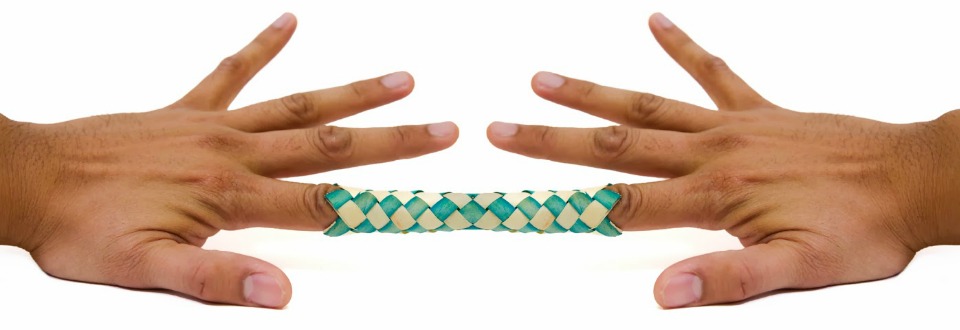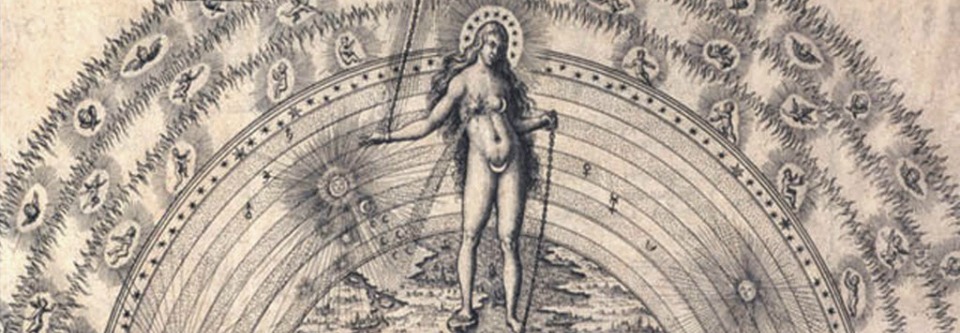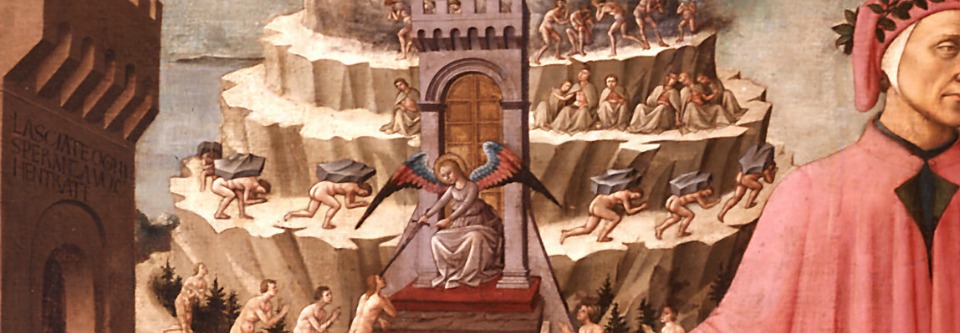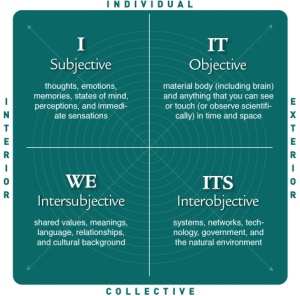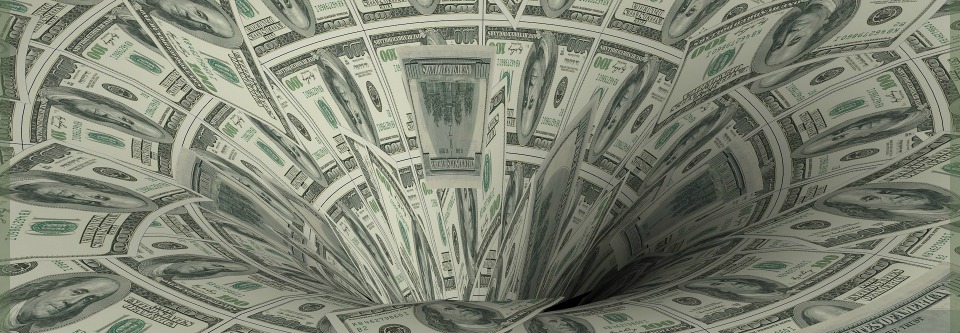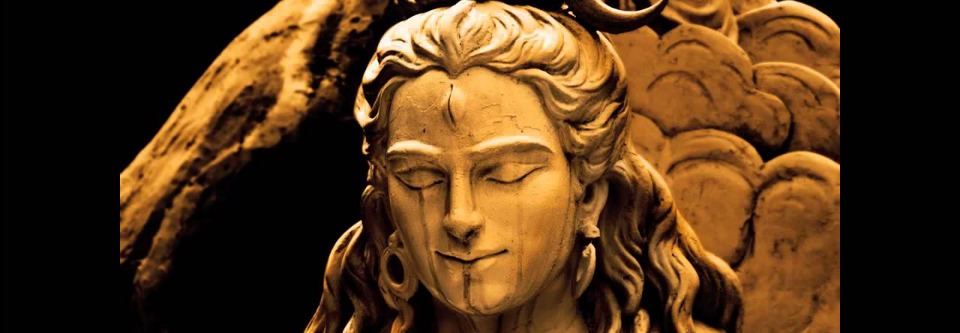Why Self-Worth Leads to Worthlessness
Energy healer and author Cyndi Dale argues that one of the core negative beliefs a human being can have is “I am unworthy”. She describes a number of such core negative beliefs: e.g. I am powerless, I am unlovable, I don’t belong, and I am undeserving. And for her, all those are variations on an arch-belief: “I am separate.”
I think she’s onto something. Maybe there are others that could be added but that’s a solid list. In my work with individuals, I’ve come to think that all of us have at least one of those core negative beliefs (if not more than one). Of that list, the strongest one for me, the one that has had the most negative impact in my life is: “I don’t belong.”
Knowing what the core belief (or beliefs) are is a very important first step but by itself is not sufficient to change the underlying dynamic for a person. I’ve known that I feel and believe myself to be an outsider pretty much my whole life. I was adopted so I felt like an outsider in my own family. I felt even more of an outsider in the wider world of school, other families, childhood peers, and later in my life with other people.
So knowing that is on one level affirming. Yes I struggle with that one. Knowing all of them more broadly has given me greater empathy–I have a particularly sensitivity obviously for folks, like, me, with the “I don’t belong” one, but learning this model has given me a much greater appreciation of the struggles and deep pains of other people.
The resolution to these core negative beliefs requires connecting to the energy that ought to be there instead. As an example, for I am unlovable that would of course be the experience/state of being of “I am lovable. I am loved. I am loving.” For I am powerless it would be, “I am, as I am, a being with the capability for power and choice.”
The core belief I see most commonly in my practice is “I am unworthy.” And I’ve noticed something interesting in working with this negative belief. Namely that the energy that resolves this belief is not–what would seem at first blush to be the obvious solution–“I am worthy.”
What I’ve discovered is that I am worthy as an energy, as a feeling-belief statement, as a state of being, is caught in the very same problem as I am worthless. I thought that “I am worthy” would be the obvious resolution to the belief of I am unworthy but to my surprise it’s not.
I’ve come to think unworthiness and worthiness like a chinese finger trap.
Chinese fingers traps were really popular as a kid where I grew up. We’d always win them at summer church festivals. If you’re not familiar with these the are deceptively ensnaring. You put your fingers in each end of the trap. Your instincts tell you to pull your fingers out of the trap but pulling them out is what causes the trap to be set and your fingers to bet stuck.
No matter how many times I played with the chinese finger trap, I’d fall for it again and again and again. Even when my brain was telling me not to get my fingers caught, even when I rationally knew how to avoid the trap, I’d still fall into it.
This is a perfect metaphor (I think) for the question of worth.
Worthiness and unworthiness are the two sides of the finger trap. As long as we play the game of either worthiness or unworthiness we’re trapped–we pull right (affirming our worthiness) and we are trapped. We pull left (into familiar unworthiness) and we’re still stuck.
What I’ve come to believe is even the statement “I am worthy” is very subtly denying the dignity of a person. It is still part of the trap around worth (even though it sounds so much more affirming than I am unworthy or I am worthless). Deep down I believe we all realize that saying we are worthy is a crock of you- know-what. There are people who can very forthrightly say they are worthy and so on–we see these people as having high self-esteem often enough. My experience, on the contrary, is that they are deeply bound, deeply needy, deeply dependent on their projected self-image. To live from a place of I am worthy is to force oneself into life. It’s a posture that make demands of life (that obviously must be met since after all I’m worthy of them). It’s falsely aggressive.
Worthiness and unworthiness, the energetic finger trap, are both products of a world without grace or redemption. The person who feels unworthy might believe there is so much deeper grace in the universe but they haven’t met the requirements. They are unworthy, they have not earned, such grace. Which goes against the very definition of grace, i.e. unearned, free gift.
Rather than having to gain the approval of others or even life itself (like their unworthy counterparts), the ones who feels worthy also do not believe in nor experience a life of grace. They don’t need the approval of life or others, rather others (and even life itself) exist to serve them. Other people must earn their approval. The worthy ones are, after all, already and forever worthy of the affections, desires, and affirmations of others. There is no grace there because grace, again, is free gift. It is unearned. The same pattern holds both positively (I am worthy) and negatively (I am unworthy).
Unworthiness and worthiness–the two sides of the finger trap.
The key to escape from a chinese finger trap is to counterintuitively push your fingers further into the middle of the trap. As a consequence the trapping mechanism lets loose of its own and the ends widen. At that point your fingers gently slide right out.
We need a similar kind of movement in relation to the energetic topic of worthiness.
The answer to the finger trap of energetic (un)worthiness is Dignity.
Beings are inherently dignified. Being itself, in its essence, is dignified.
Dignity is a quality of the Sovereign Soul. The Sovereign aspect of our being does’t need to earn worthiness, nor does it struggle with having lost worthiness (or never having gained it in the first place). The Sovereign simply swims in the waters of Dignity. Inherent, intrinsic Dignity. And when a person feels the deep inherent Dignity of their Sovereign Soul, then questions about worthiness or unworthiness just drop away. The hooking mechanism of the energetic finger trap has released and the fingers spontaneously free themselves.
The word dignity comes from an ancient root meaning “to take or accept.” It later has the sense of proper or fitting (e.g. proper rank), as well as honor or privilege. The Sovereign Soul has a proper, fitting dimension to its being. It “takes” or rather “accepts” its natural state. It properly fits into the wider realities of Life. The Sovereign Soul has its proper fit, its proper place or “rank” within the deep ordering of Life. There is a rightful sense of its honor, of “privilege” for oneself as well as the proper fit, honors, and privileges accorded other beings.
The word dignity did eventually come to mean worthy–as in “worthy of proper honor, privilege, or respect”. It’s closer to the energy of “taking” rather than “accepting”. Here I mean taking in the negative sense. And this is where the energy goes sideways as now we have to earn our place in life, i.e. our proper fit. A life where we have to earn and struggle for respect and honor. A world where whoever is on top–whoever has wealth or power or control—gets to decide who receives honor and respect and who does not.
This way of living automatically creates stress and tension. If we can earn worthiness than we can of course un-earn it. It is unstable. If one can “take” worthiness, then someone presumably can take it from us. If we are forced to “accept” worthiness, then that means someone else has control over us.
Hence all the elbowing, jockeying, fighting ways of being. All the “I’ll scratch your back if you scratch mine” contractual, obligatory relational patterns. All to preserve some semblance of worth.
But it all turns out to be a facade.
The entire arena of competition that runs so much of our world drops away at he level of the Sovereign Soul. Here is true Worth. Here we have true Honor and Respect.
When we connect with Dignity, Capital D, then all this world of posturing, avarice, and competitiveness, is like dead skin. It just flakes off. It doesn’t require a heroic effort to peel it all away, it just peels itself off. The trap has been released.
In this place each person is intrinsically Dignified. I am intrinsically Dignified. You are intrinsically Dignified. So however are all other beings and we begin to notice this obvious truth.
There is however no practice, no meditation, no affirmation, no healing technique, no process for one to gain Dignity. None. Absolutely positively none. Zero. Zilch. Nada. For if Dignity, capital D Dignity, could be gained through some kind of process than it could be lost. If it required some action in order to feel Dignified, in order to be Dignified, then it would have a beginning in time. All things that have beginnings must have endings.
If there is a beginning to Dignity then there was a time when you were not Dignified. And now we’re back to the finger trap. If you work hard and then feel worthy then you must have felt unworthy before and that means you could very easily fall back into feel unworthy. Which means you have to hold on like hell to the feeling of worthiness, which is anxiety producing.
Instead, realize your Sovereign Soul, aka realize your distinct flavor of incarnation. Each of us is a singular expression of the universal process. Each of us is a Personalized Expression of the Life Process. That dimension of your being, your Sovereignty, your Soul, is automatically in a state of Dignity. Dignity is an attribute or quality of The Sovereign Soul. And once there is Dignity, fundamental, intrinsic, inherent Dignity, then the whole game of worthiness and unworthiness simply ends. The finger trap is released and one is liberated from ever having to play such a game.
The chinese finger trap is after all a practical joke which as wikipedia helpfully states is meant to be played on “unsuspecting children or adults.” The worthiness-unworthiness is game is far more serious, far less humorous, than a practical joke. It ruins people’s lives. But so long as we are “unsuspecting” we leave ourselves open to being played.
The feeling of Dignity is an automatic effect of realizing, connecting with, and ultimately identifying with your Sovereign Soul. That’s the counterintuitive move here–like pushing your fingers into the trap. Once you bring your consciousness and inquire into worthiness and unworthiness then you are like the person pushing their fingers into the middle of the trap. You open space. Then you can connect with your Soul and its inherent attribute of Dignity. Then your the fingers of your Sovereignty are freed.
If the Sovereign Soul does not take up this crucial life area, then the self (the ego, the personality) ends up trying to do the work of Dignity. When the self takes control of this life area we don’t end up with Dignity (which as I’ve said is a Sovereign Soul energy) but rather we end up with the focus on self-worth on worthiness, which as we’ve seen, inevitably leads to its opposite energy of unworthiness.
The self, in other words, will never believe it is ultimately worthy. It will always be caught in the game of trying to prove it’s own worth, automatically thereby cultivating a shadow energy of unworthiness, of lack, of a sense of deficiency. There is no way out of that flaw from the ego. The ego runs on a closed loop. Asking the ego/self to do the work of Dignity is asking it to do a job it is not equipped to do. It is unfair for judging it as having failed to do something it is not capable of doing. That way leads to negative, dehumanizing, debilitating shame and a profound sense of worthlessness.
Focusing on building self-worth means the self is supposed to be in charge of the process. It’s right there in the name itself: self-worth. But the self is the very thing that feels and believes itself to be unworthy so how is it that it is going to do the work of creating self-worth? It will have to receive a message that it (the self) is, as it is, deeply flawed and is wrong and therefore needs to change, which of course will only fuel a greater sense of worthlessness. At this point the practice of self-worth which is supposed to create a greater feeling of self-worth is actually creating a deeper sense of worthlessness.
In contrast to that egoic reality, the Sovereign Soul offers an inherent, intrinsic sense of Dignity which cuts through any need to prove worth and thereby the fear being proven unworthy. Only the Sovereignty knows it’s Dignity. Be that one and the rest can start to figure itself out.

